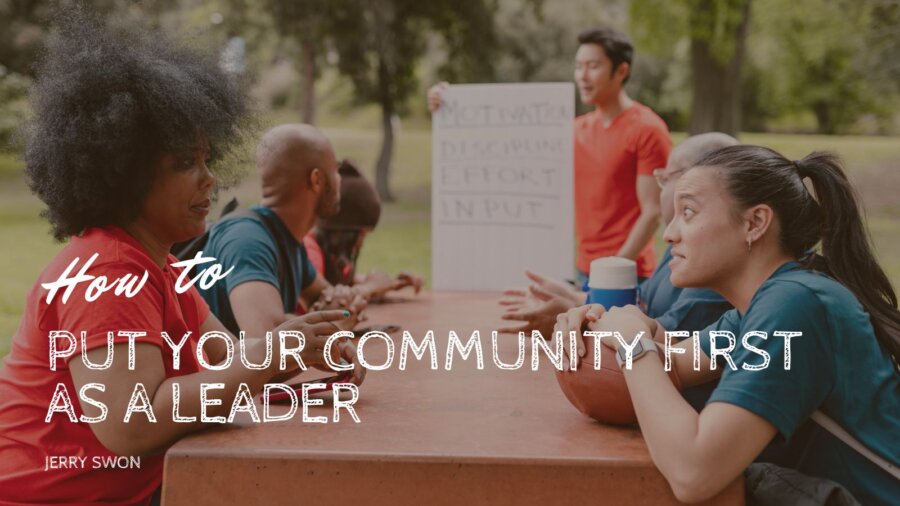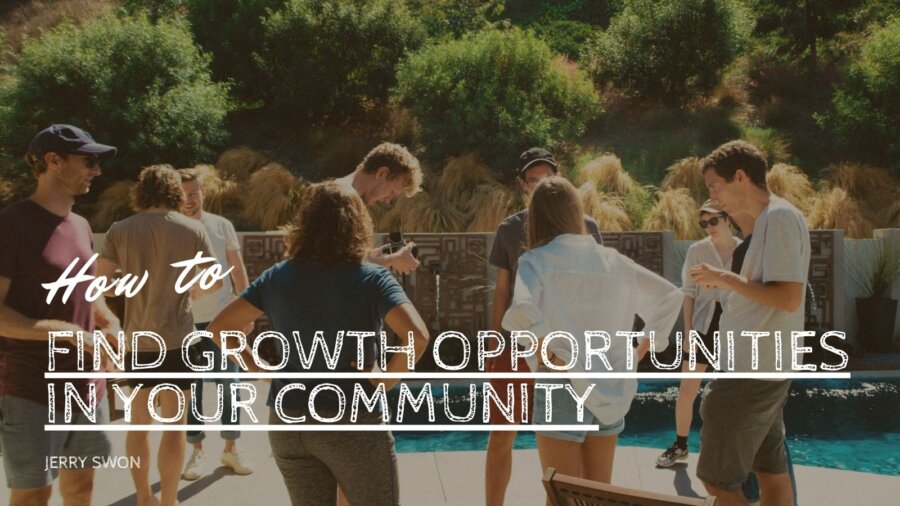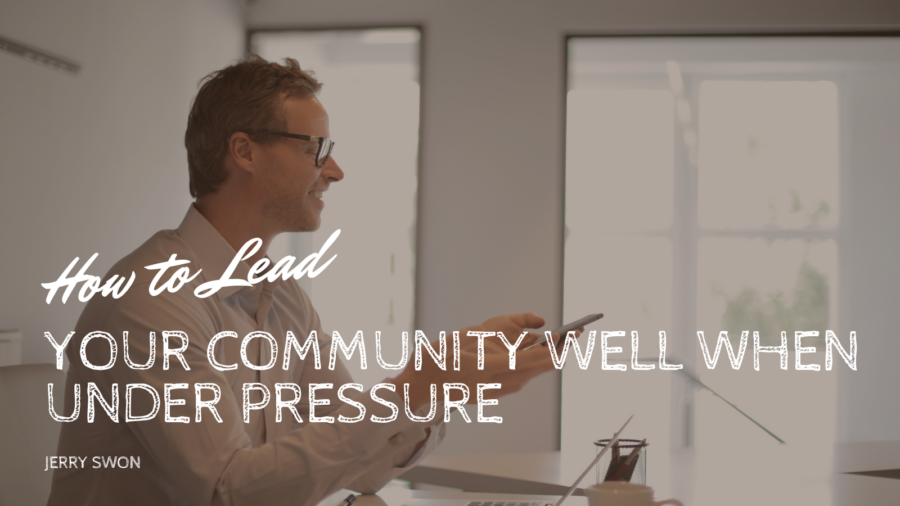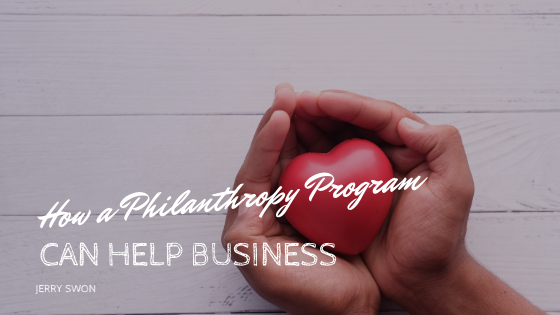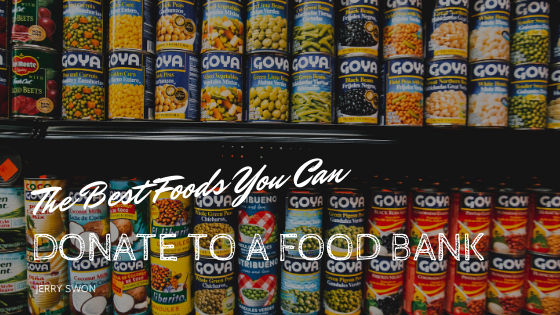In a world often dominated by headlines of division, kindness can seem like a quiet whisper. But beneath that whisper lies immense power. Small, intentional acts of kindness—whether it’s lending a hand, sharing a meal, or offering a warm smile—are the invisible threads that bind communities together, often more powerfully than grand gestures.
Kindness Is Contagious
Research shows that kindness has a ripple effect. One generous action inspires another, creating a chain reaction that can uplift entire communities. It’s not just about doing good—it’s about modeling it. When a child sees a neighbor shovel snow from someone else’s sidewalk, they learn what it means to show up for others. When a stranger pays for a coffee behind them in line, it starts a cycle of giving that extends far beyond that moment.
Everyday Heroes, Extraordinary Impact
True community strength isn’t always built by leaders or organizations—it often starts with ordinary people choosing to be kind. Like the bus driver who remembers every passenger’s name. Or the teenager who tutors younger kids after school. These quiet acts, though simple, can be lifelines of hope, comfort, and connection.
Case Study: The Kindness Rocks Project
What began as one woman’s way of coping with grief—painting uplifting messages on rocks and leaving them for others to find—has blossomed into a global movement. Now, people all over the world paint rocks with messages like “You matter” or “Keep going,” turning public parks and walking paths into sources of inspiration and unexpected joy.
Kindness Bridges Gaps
Kindness transcends language, culture, and generation. It’s a universal currency. In multicultural neighborhoods or polarized times, kind actions remind us of our shared humanity. They open doors to conversations, build empathy, and dissolve assumptions. One thoughtful gesture can turn strangers into friends and neighborhoods into chosen families.
How to Foster a Culture of Kindness
- Start a “kindness board” in your local café, library, or community center with uplifting messages or thank-you notes.
- Create care kits for unhoused neighbors with essentials like snacks, socks, and hygiene items.
- Offer your skills—free tutoring, resume reviews, or even just a listening ear.
- Celebrate kindness stories in newsletters, social media groups, or neighborhood meetings.
The Science of Kindness
Engaging in acts of kindness isn’t just good for others—it’s good for us. Studies show it reduces stress, boosts serotonin, and even strengthens immunity. It’s one of the rare things in life that benefits both the giver and the receiver in equal measure.
Conclusion
In the grand architecture of community, kindness is the mortar between the bricks. It holds everything together—not with force, but with empathy, love, and humanity. You don’t need to be in a position of power to make a difference. Sometimes, the most powerful change begins with a smile, a note, a helping hand.
In a fast-paced world, let’s not underestimate the power of slowing down to show up for one another. After all, it’s not always policies or plans that shape the places we live—it’s the kindness we choose, every single day.


